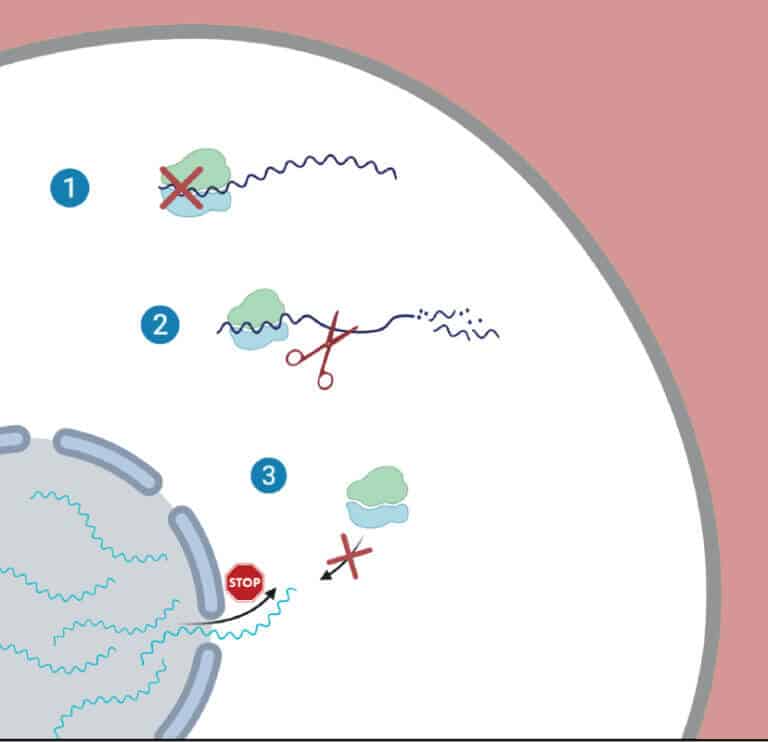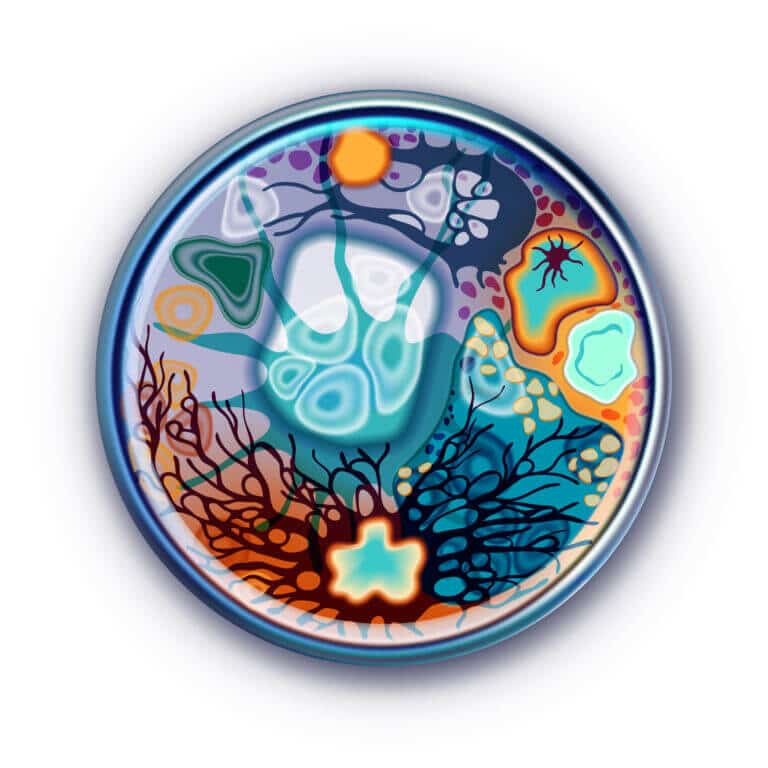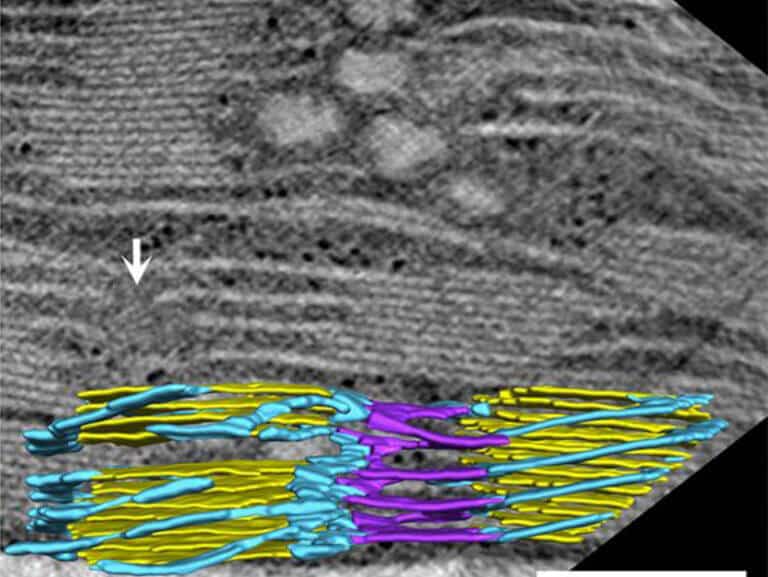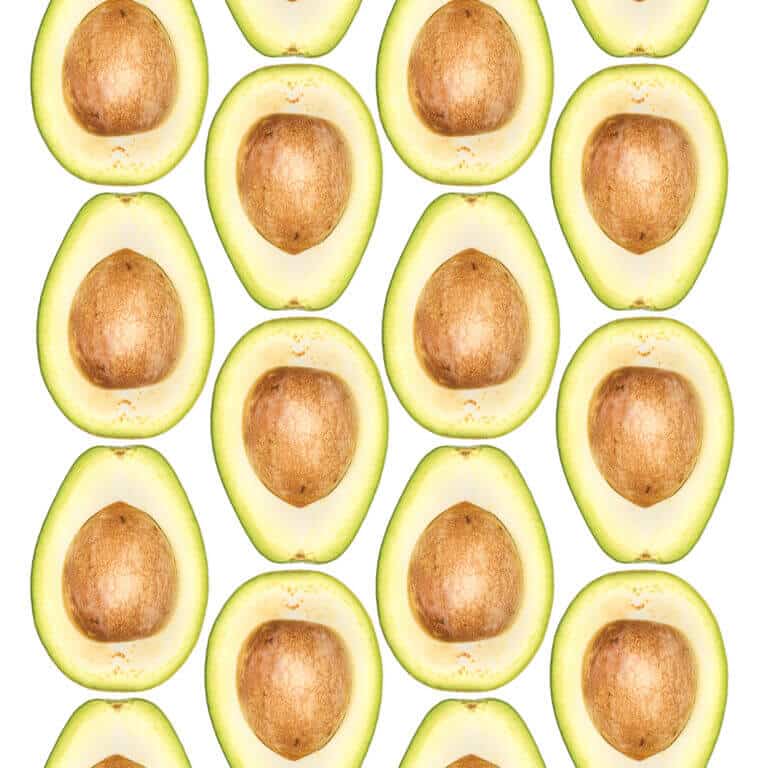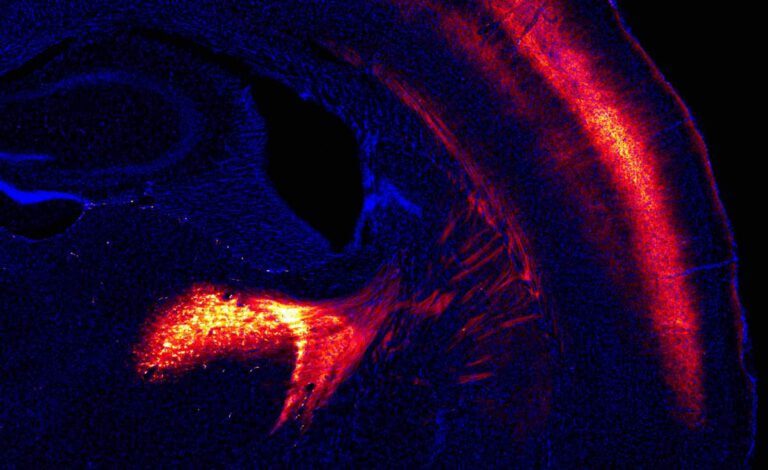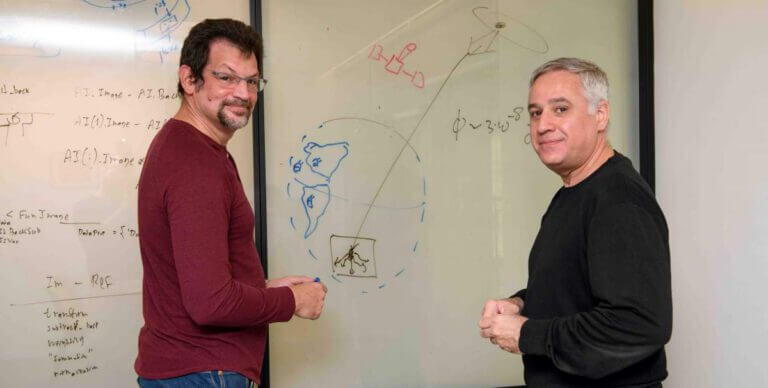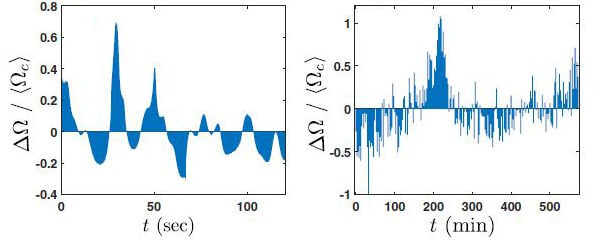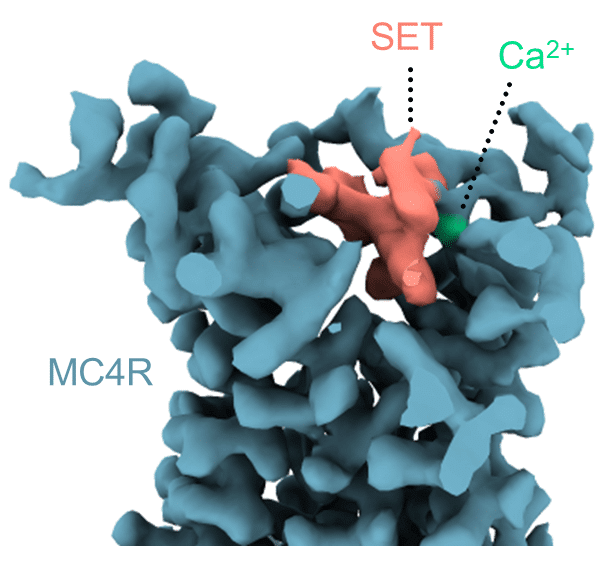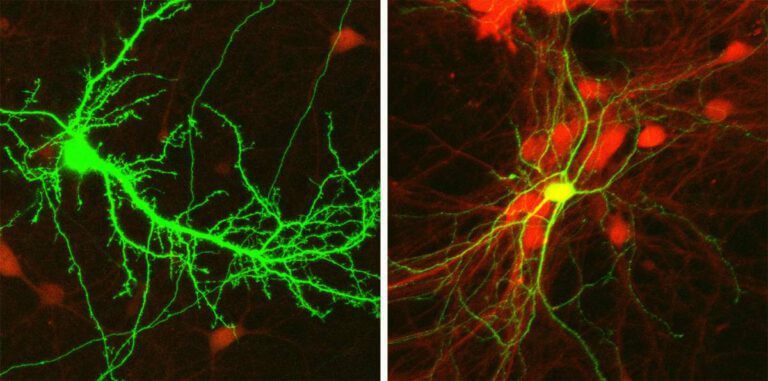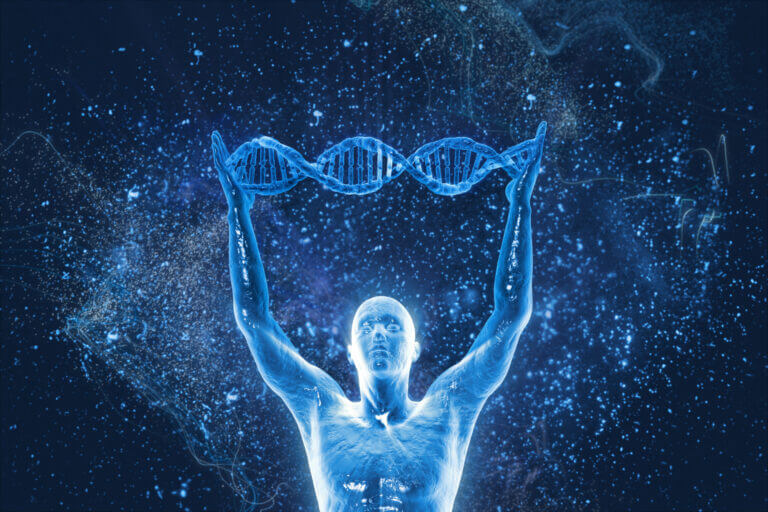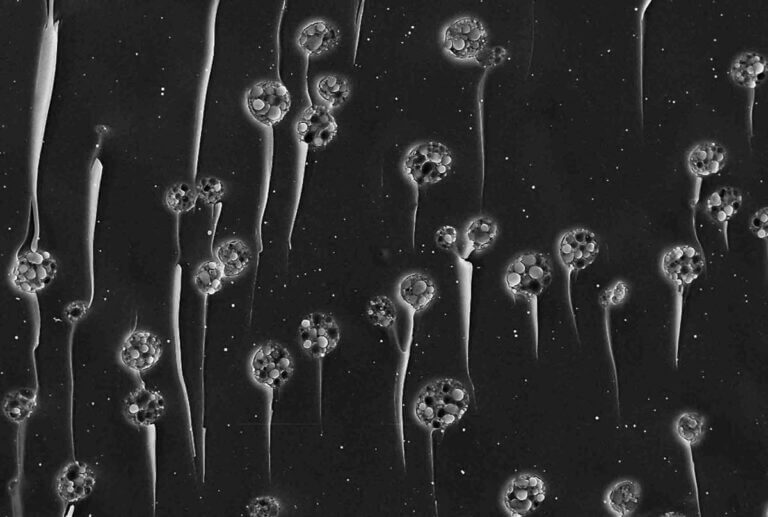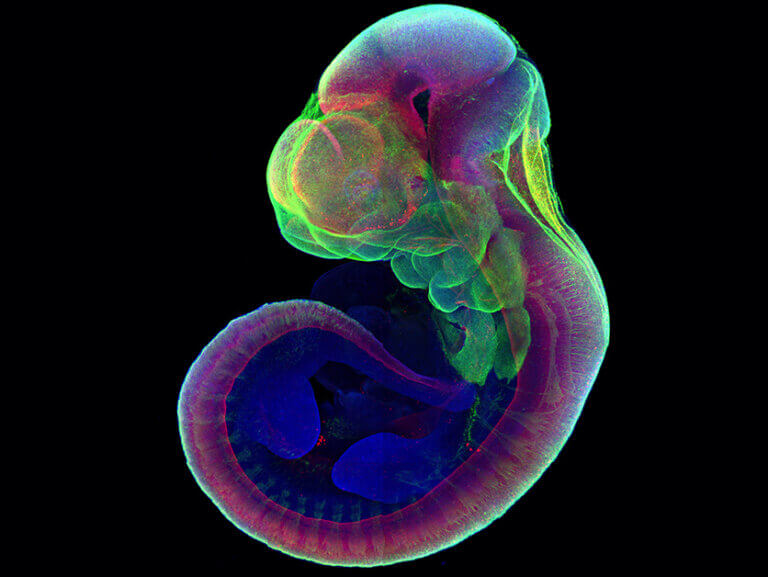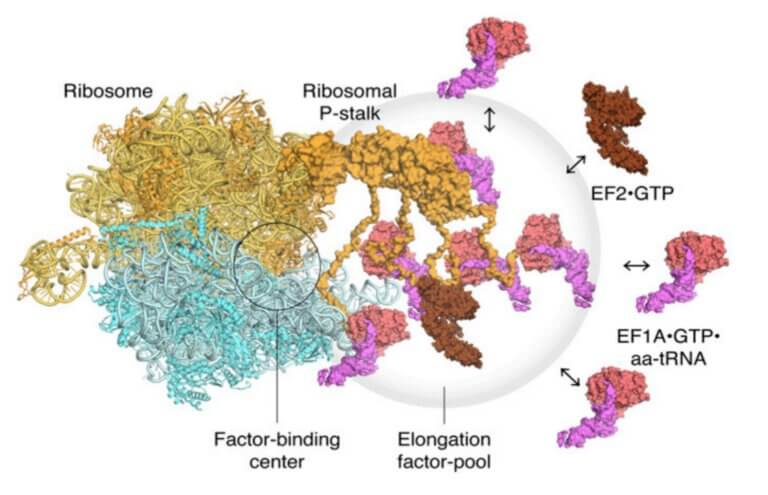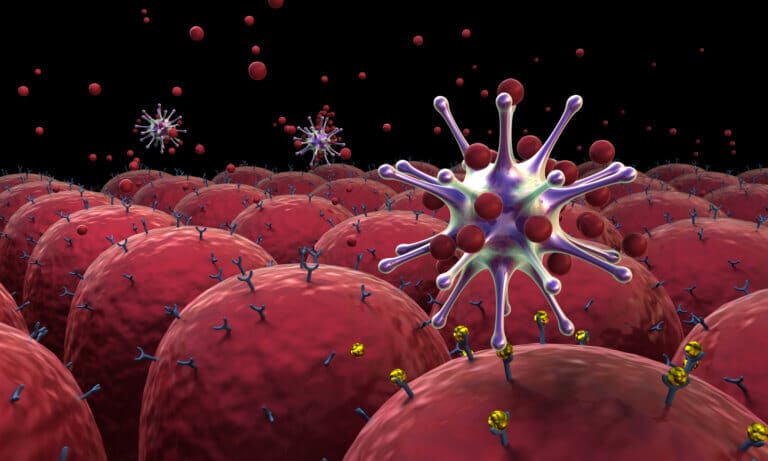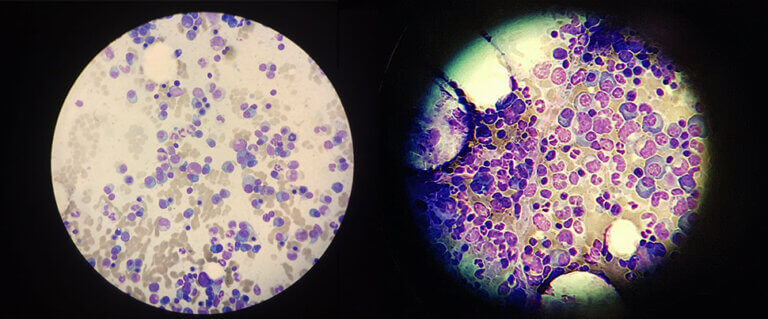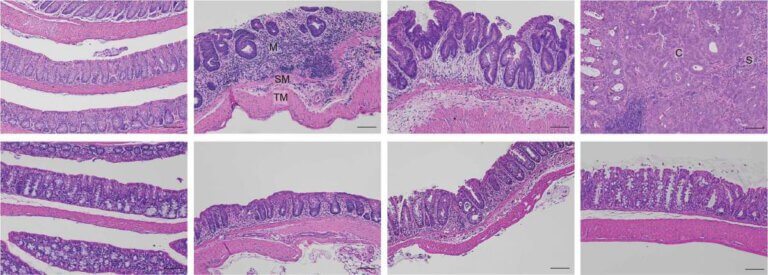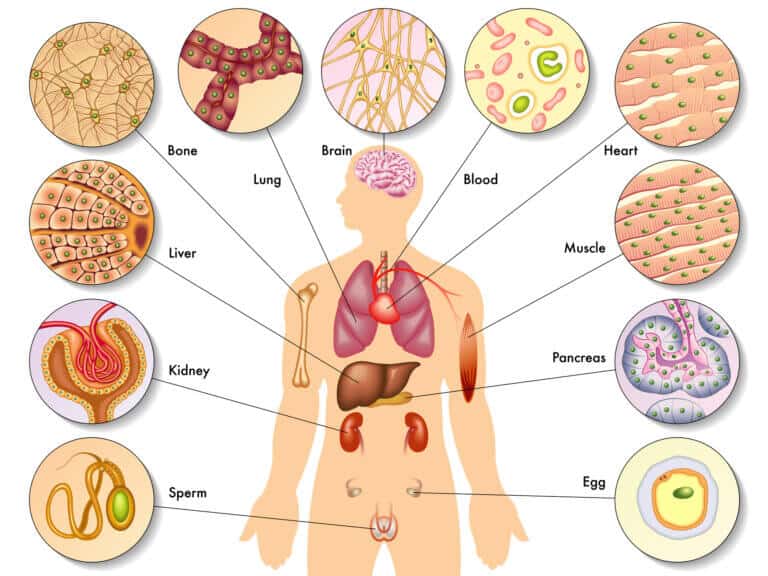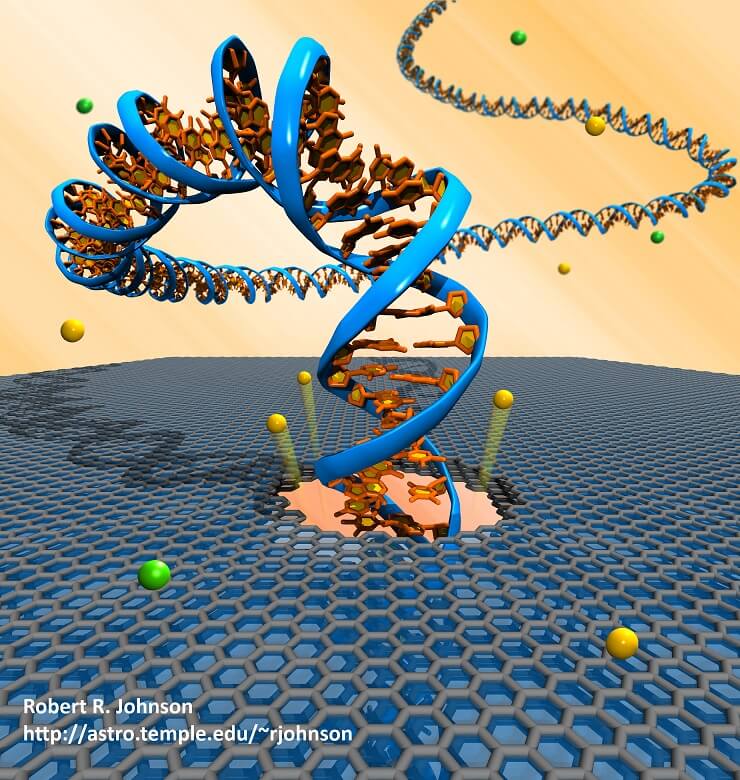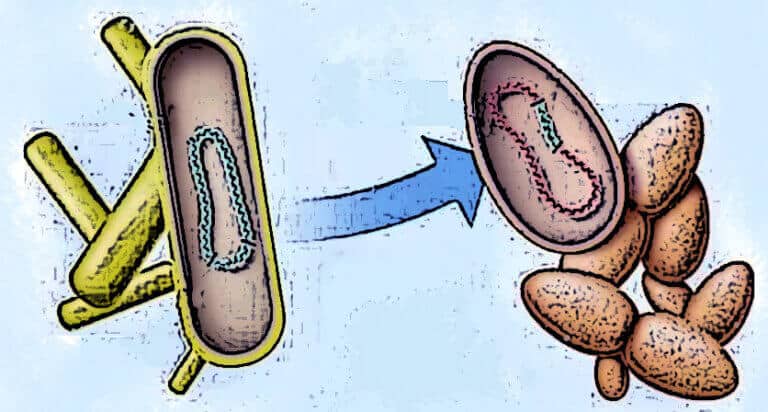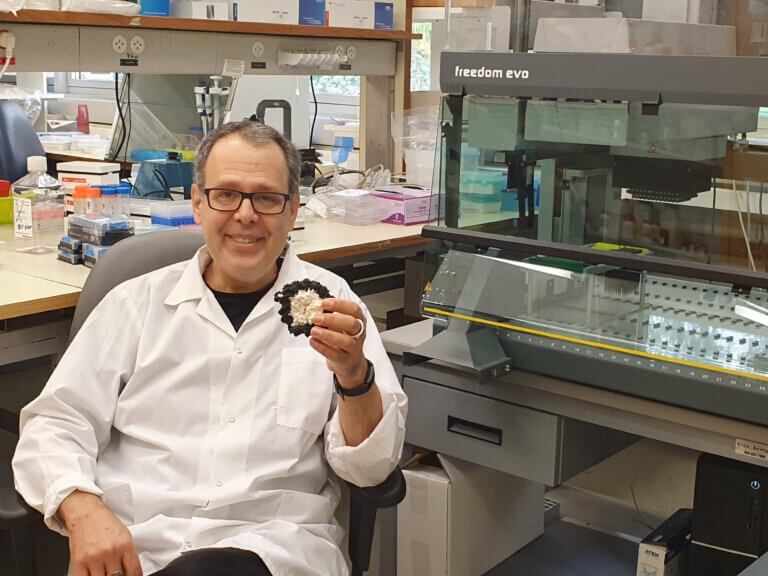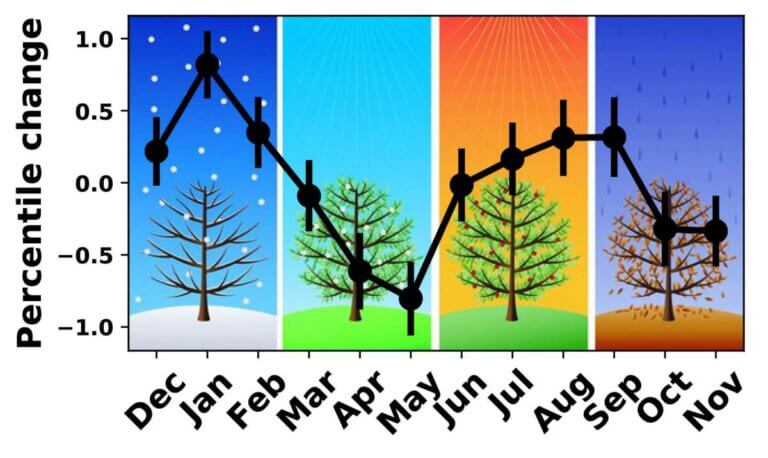Hayadan > Biology and Medicine > Genetics > the cell > Page 7
the cell
- Weizmann Institute
- June 3, 2021
Students trained at the Weizmann Institute won the gold and silver medals in the European Mathematics Olympiad for Girls
- Weizmann Institute
- June 3, 2021
The scientists of the Weizmann Institute of Science, in partnership with the scientists of the Biological Institute in Nes Ziona, revealed how a unique combination of three mechanisms allows the corona virus to escape the immune system
- Tel Aviv University
- May 30, 2021
- No comments
- Weizmann Institute
- May 29, 2021
How parking lot-like structures are organized that are used to transport substances within the cell
- Weizmann Institute
- May 24, 2021
Weizmann Institute of Science scientists have shown that the herbal supplement reduces anxiety levels in mice without significant side effects
- Weizmann Institute
- May 17, 2021
Weizmann Institute of Science scientists have developed a research tool that will shed new light on communication pathways between nerve cells in the brain
- Weizmann Institute
- May 1, 2021
Is the origin of a particle that landed at the South Pole in a cosmic event 700 million years old?
- Weizmann Institute
- April 25, 2021
Scientists at the Weizmann Institute and the Technion have discovered clues to the existence of a slow regulatory mechanism in heart muscle cells designed to regulate the rhythm of their beats, and to ensure that it is as close as possible to a cycle of one beat per second
- Weizmann Institute
- April 18, 2021
Understanding the mechanism is expected to help in the development of new anti-obesity drugs
- Weizmann Institute
- April 15, 2021
Networks of nerve cells grown in the laboratory revealed a new regulatory mechanism that maintains a balance between activation and suppression of brain activity
- Weizmann Institute
- April 11, 2021
A new method makes it possible to locate points of similarity between gene control molecules of different species - from lizards to humans - and thus reveal essential sections that have been preserved throughout evolution
- Weizmann Institute
- March 25, 2021
Weizmann Institute scientists have created innovative materials inspired by the lubrication model of our joints. The result may be real news for the biomedical industry
- Weizmann Institute
- March 18, 2021
For seven years, through trial and error, fine-tuning and repeated tests, in the laboratory of Prof. Hana, who specializes in embryonic stem cells, they developed a two-stage method that makes it possible to grow normal mouse embryos outside the womb from the initial stages of pregnancy in order to study the different stages of development of the embryo, Something that was not possible in mammals until now
- Weizmann Institute
- March 10, 2021
- Dr. Moshe Nahamani
- March 3, 2021
- No comments
The researchers conclude and say: "Future research using high-speed atomic force microscopy (HS-AFM) will provide additional important information for understanding the dynamic activity of these complex translation machines."
- The Hebrew University
- February 24, 2021
One of the largest proteins of the virus, which the researchers were able to decipher using a new and unique method, is a protein called Nsp2, known as "reluctant" to structural decipherment. Dr. Dina Schneidman: "We now have technology and an experimental protocol to study not only the virus proteins themselves, but also their partners inside the human cell"
- Weizmann Institute
- February 23, 2021
From the patient's bed to the laboratory and back: collaboration between the institute's scientists and doctors in Ichilov may lead to personalized treatments for multiple myeloma patients, who do not respond to drugs - and paves the way for personalized treatments in other types of cancer
- Weizmann Institute
- February 21, 2021
- Weizmann Institute
- February 17, 2021
Weizmann Institute of Science scientists have mapped the rate of regeneration of our body * Every year and a half we produce 50 kilograms of cells, as the average weight of the cells in our body
- Weizmann Institute
- February 16, 2021
- No comments
The tentacles, relatives of the mosquitoes, have a strange wedding custom, they choose their spouse in a huge swarm of tentacles and yet continue to stick together. A new study managed to decipher the phenomenon
- Haifa University
- February 14, 2021
- No comments
Since most of the drugs today work by activating or blocking receptors, the new method has the ability to significantly shorten the drug production process
- Avi Blizovsky
- February 10, 2021
- No comments
This is according to the decision of the Wolf Prize Committee for 2021 in medicine. The judges' announcement stated that these scientists made breakthrough discoveries in the mechanisms that regulate RNA and demonstrated that RNA is not a passive template between DNA and protein but plays a dominant role in regulating and diversifying genetic expression
- Weizmann Institute
- February 6, 2021
Through "evolution in vitro" experiments, Weizmann Institute scientists have shown what happens when bacteria copy genetic information from their neighbors
- The Hebrew University
- February 5, 2021
- Weizmann Institute
- February 4, 2021
Analysis of millions of Israelis' blood tests reveals hormonal fluctuations affected by the calendar


